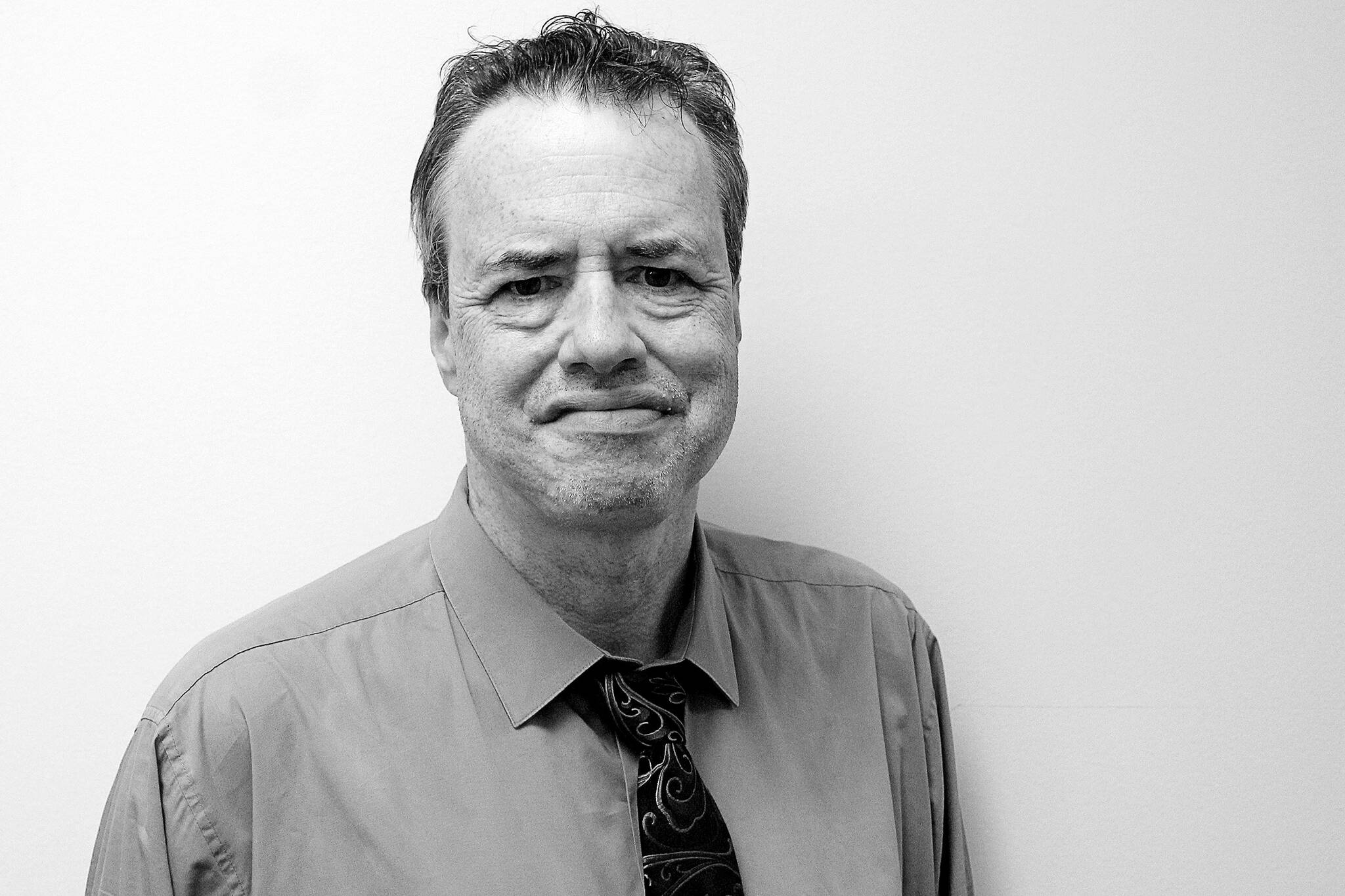Many of us have read books that changed the way we look at the world.
Mine tend to be of older vintage, setting me apart as something of a dinosaur. I know it’s become common these days to dismiss older books just because they’re old. After all, “we know so much more than they did.”
That’s arrogant. My response: “Yes … and they are what we know.”
I was in college when I first picked up “Flatland: a Romance of Many Dimensions,” by Edwin Abbott.
Abbott, who wrote his book in 1885 as a satire of highly-stratified Victorian society, asks us to imagine a two-dimensional world inhabited by various geometric figures: line segments are women, and men are variously shaped polygons. The narrator of the story is a Square.
One day a Sphere visits the Square, but the Square can’t see the three-dimensional object for anything but a circle. So the Sphere moves up and down through Flatland. But up and down mean nothing to Flatlanders, and all the Square can see is circles expanding and contracting.
Then the Sphere takes the Square to the third dimension, Spaceland. This Sphere visits Flatland at the dawn of each millennium to introduce a new apostle to the idea of a third dimension, and hopefully educate the population of Flatland.
There is more, but I’ll stop there.
As a hippie might say: “It blew my mind, man.”
As physicists tell us, space and time as we understand them may not be the whole show. The book introduced to me the idea that realms inaccessible to human senses could exist.
Flatland is why, if you were to ask me whether I believe in realms beyond our sight, hearing, touch and taste, I would answer that it’s possible. I don’t know enough to rule it out.
It thrilled me that perhaps, as John Milton wrote in Paradise Lost: “Millions of spiritual creatures walk the Earth unseen, both when we wake and when we sleep.”
I am aware that many people who know a helluva lot more than I do insist that ghosts, for instance, are rubbish, phantasms of the imagination. I respect their opinion. But I don’t think they know any more than I do — because they are weighing the possibility by the laws of the three-dimensional universe we inhabit.
In the end, I don’t want to be the polygon that insists with dogmatic certainty: “You woo-woo, academic eggheads! There is no such thing as a sphere!”
Another important book to me was “Memories, Dreams, Reflections,” a biography of Swiss psychologist Carl Jung. Not so much for his psychology, however, but for opening to me the world of mythology and the great foundational stories.
As Kenneth Burke noted in “The Philosophy of Symbolic Forms,” all origin stories begin with the creation of light. That must mean something.
I heard a guide at a site of ancient ruins in Arizona tell the tour group about symbolism connecting Native American stories and Catholic teaching.
“We’re starting to talk here about the brotherhood of man.” That also thrilled me.
Fact is there are things in the mundane physical world that science cannot account for; seems it doesn’t have all the answers. And neither do I. And in that sense, a bit of humility is a good thing. Heaven forbid we should lose entirely our sense of wonder.
As the poet Conrad Aiken wrote in “Morning Song of Senlin,” “there are worlds beneath my floor.” I love that.
What books have moved you? I’d love to hear about them.
Robert Whale can be reached at rwhale@soundpublishing.com.


